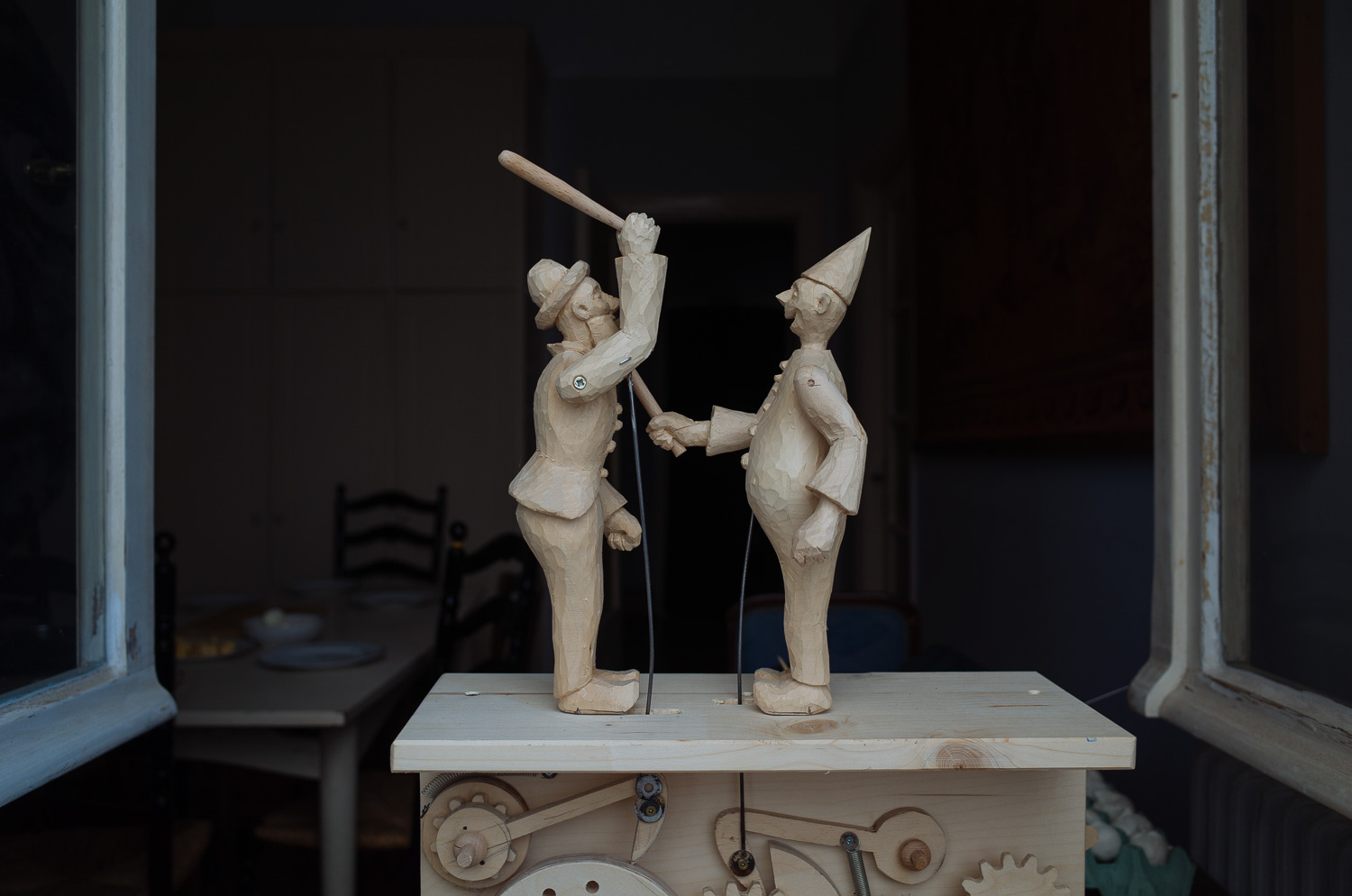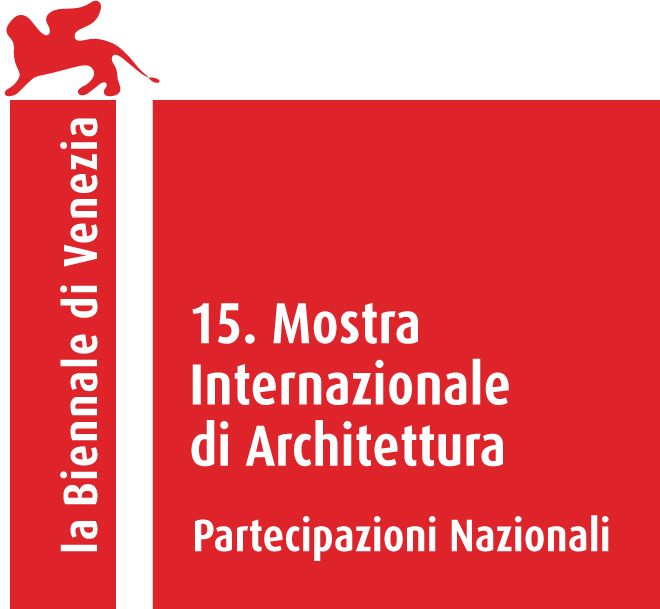(Notes on the comic relation between puppets and humans)
Millions of things that surround us, objects, generally perceived as inanimate, become, under certain circumstances, “alive” and we treat them as such, developing a relation with them.
To define “alive”, biology provides us with some criteria, among them the ability to give birth.
In puppet theatre, the essential characteristic of “life” is the freedom of choice and the deliberate action starting from this freedom. In order to animate a puppet, the puppeteer must make it seem autonomous, self-feeling, self-deciding and self-acting: all movements must seem to emanate from the puppet’s own being. The energy needed for these movements as well as the application of forces that produce the final action must seem to be inherent to its body and not supplied externally by the God-Puppeteer.
It is very interesting, though, that in everyday life we recognize things as “living” not based on a biological definition of life but on the theatrical one.
Animism, the belief that all things have a soul and can potentially act, is deeply rooted in human culture and is sometimes still guiding unconsciously our perception and reactions. Puppet theatre takes advantage of this. It’s all a matter of signs transmitted to an audience.
And not only. Animation techniques are used in many other applications such as religion, propaganda, education, advertisement, therapy, or even architecture.
The key to puppet theatre is the spectator’s mind.
The triangle puppeteer-puppet-audience is usually thought of as: the puppeteer animates the puppet, the puppet animates the audience and the audience communicates with the puppeteer. The truth can be different: the puppeteer manipulates the audience, the audience animates the puppet and the puppet manipulates the puppeteer.
Outside theatre, in real life, the puppeteer and spectator can become the same person (a child playing with his dolls).
Puppets are a special case: they are inanimate objects invented and designed to provide the signs that will help us make this fakery easier, more lasting and much stronger. They are a convention making full use of our animistic habits for the shake of our existential questions, needs and anxieties.
Puppets are tools: like the lever extends our arm’s strength and the computers extend our brain’s capacities, puppets extend our ability to mock ourselves and communicate theatrically with powers we can not control. They are probably one of the most ancient technological inventions of ours (dating back at least 25.000 years), proving that the needs they serve are important in the process of self-development of mankind.

An interesting aspect of puppets’ uncanny service to human self-awareness, is their tragic-comical effect which derives from their dead and yet so alive nature. Simplifying Henry Bergson’s theory, Comic is produced every time a living creature “loses its life” and turns into a mechanical one. Laughter is the social criticism against this “fatal” mistake – carelessness.
Puppets are the materialization of this definition of the comic as well as the reversal of it: they are naturally born mechanical and are given an artificial life which they lose at any time and gain it back again, playing happily between life and death. They are comic by this nature but actually they make fun of the humans’ comic relation to life and death.
Extending this to other inanimate objects (potentially animate), one can imagine a situation where machines and all kinds of things can become a cultural mirror reflecting our own perception of life and reality.
Automata are a special kind of puppets: the eternal repetition of a rather short action or movement defines them as totally “dead” or mechanical, as variety and endless heterogeneity is another typical characteristic of life. They’ve even lost the artificial life that marionettes have. Their freedom of choice has extinguished completely. We recognize in them an unsuccessful intention of imitating life and this honesty makes them even more comical since, as puppets, they should have life. Automata are related to puppets in a similar way puppets are related to humans. They are puppets of puppets.
And even at this state, we tend to recognize “life” in them.
Puppets and automata can be percieved as a kind of “selfie” picture of humanity through the ages. Photography (then digital photography) has made it very easy and handy to fastly create a self-portrait, or a self-puppet through which we communicate to our inner self and share our theatrical relation with the outer world. From the archaic collective ritual, with or without puppets, up to the selfie picture of today, we seem to have reached the most self-oriented moment of our evolution.
* The Greek word μηχάνημα describes any mechanical device
